Having a small business can be overwhelming. When social media marketing has such a big boom and it is almost a crucial part in achieving business performance, we got to think of what you could benefit out of it. Here are top 6 tips to effectively use social media marketing for small businesses, no matter the type and industry:
- Design a Content Plan
- Meet and Learn Your Audience
- Choose the Right Platforms for You
- Build a Community
- Use the Right Tools to Get Online Leverage
- Track Your Business Performance
1. Design a Content Plan
Every business should start their social media strategy with a social content calendar. No matter if it is a small business. A content plan allows the business owners to set up goals and position the business better.
Every day lots of new pieces of content are published on the web. Investing time and effort to share evergreen content is a need. As a small business, every effort should be invested with a clear purpose. Having a content plan will help a lot and make it easier to see results and quantify the investment.
In this stage there are some necessary actions that need to be taken:
- set up SMART goals: your goals should be specific, measurable, attainable, relevant, and timely.
- conduct a social media audit: evaluate your previous activity to see what works and what your competition offers. A competitive analysis can be highly beneficial in this stage.
- study your audience: by looking at the social media audit, you can understand what your audience likes. We’ll elaborate that more in the next step.
- find inspiration: when you spy on your competition, you can get some new ideas for your content plan. Take inspiration from the success of small business in all industries.
- implement your ideas in a content marketing plan: a plan will allow you to post the right content at the right time. Every social platform (be it Facebook, Instagram or Twitter) offers social media analytics data for business accounts. Based on, that choose the best times or test a little bit. Also, make sure you apply the 80-20 rule: 80 percent of your content to inform, educate, or entertain your audience and 20 percent to promote your brand or sell your products.
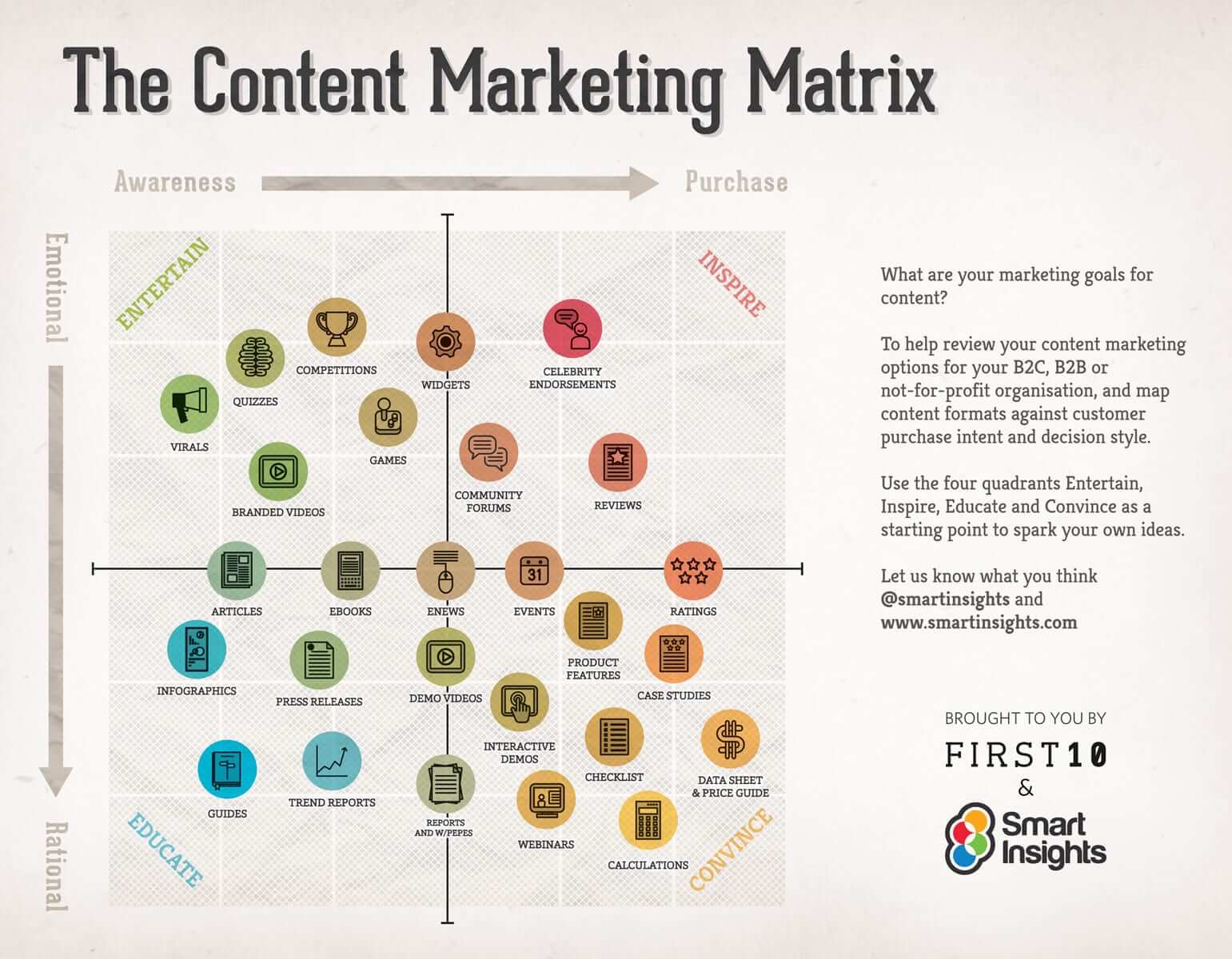
You can use tools to design an editorial plan or create your own templates in Google Sheets or any other program that works best for you. Some of the tools that are effective and can be more efficient are Trello and Meistertask. They are great for creating marketing plans, team tasks or different actions to follow internal and external processes. Either one of them is simple to use, for team and project management, deadlines setup, email alerts and so on.
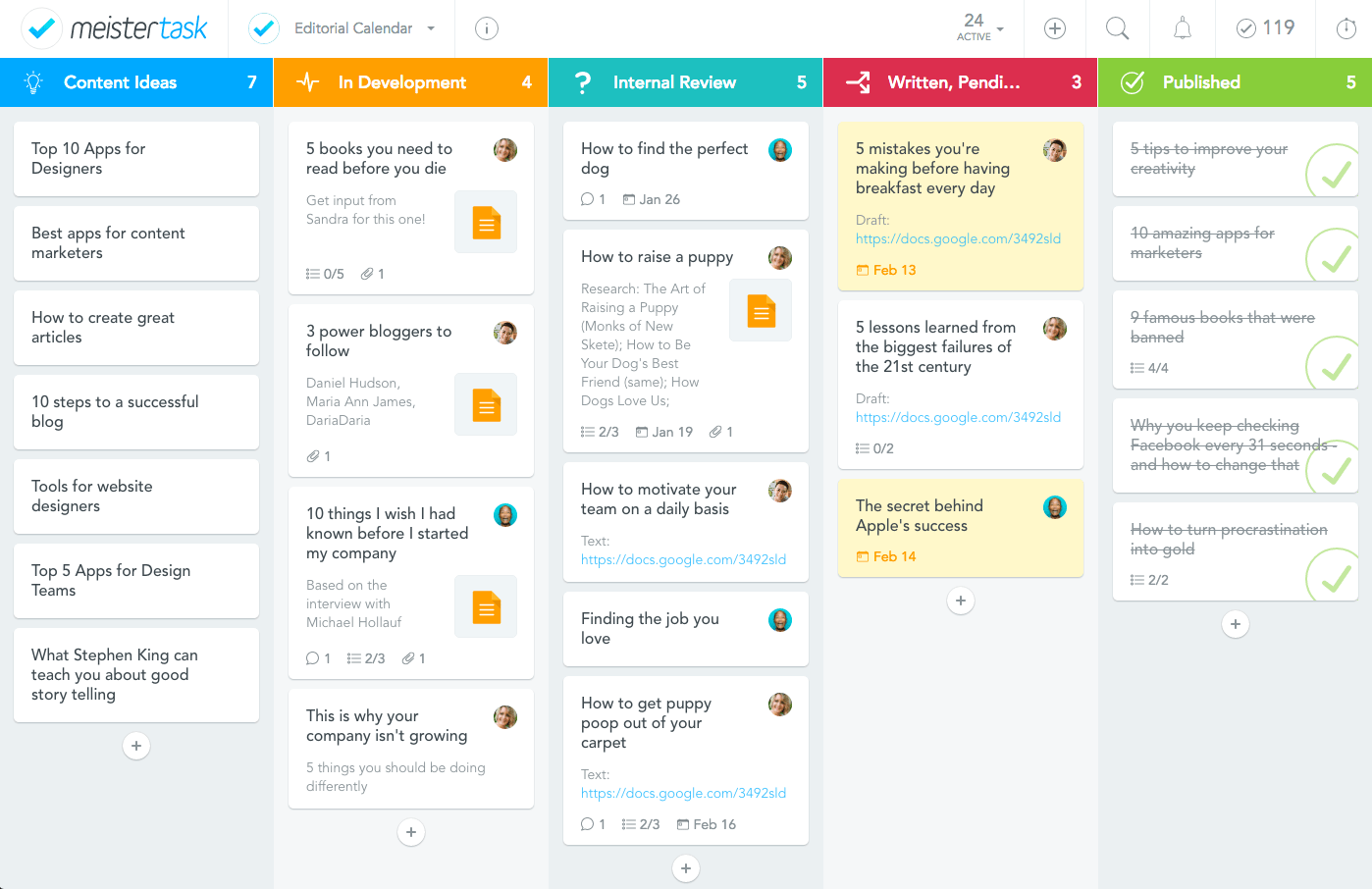
3. Meet and Understand Your Audience
The second step in any strategy on social media for small businesses is understanding the audience. We’ve talked a lot about it because it plays an important role. Basically, you run a business to help your audience or teach it something. So you might say that the audience plays one of the main roles.
Following demographics and the internal statistical data, you can see exactly which type of people visit your website more and which ones are more likely to convert. Knowing your audience is central to any marketing strategy.
Only crap marketers mistake stereotypes for segments - Mark Ritson
If you don’t know your audience, you don’t know what strategies to apply, your type of content to write for them (for instance is evergreen content more suitable than other types of content?) Here are some effective steps you could take to know your audience and set the right directions:
- Do your research: use tools and a qualified team to generate insightful information.
- Spy on your competition: take a look at other tested social marketing strategies used by your competition, study their social presence, look how often they post on social networks, what platforms they use. BrandMentions is great for social listening and spying on competition and basically everything your heart desires.
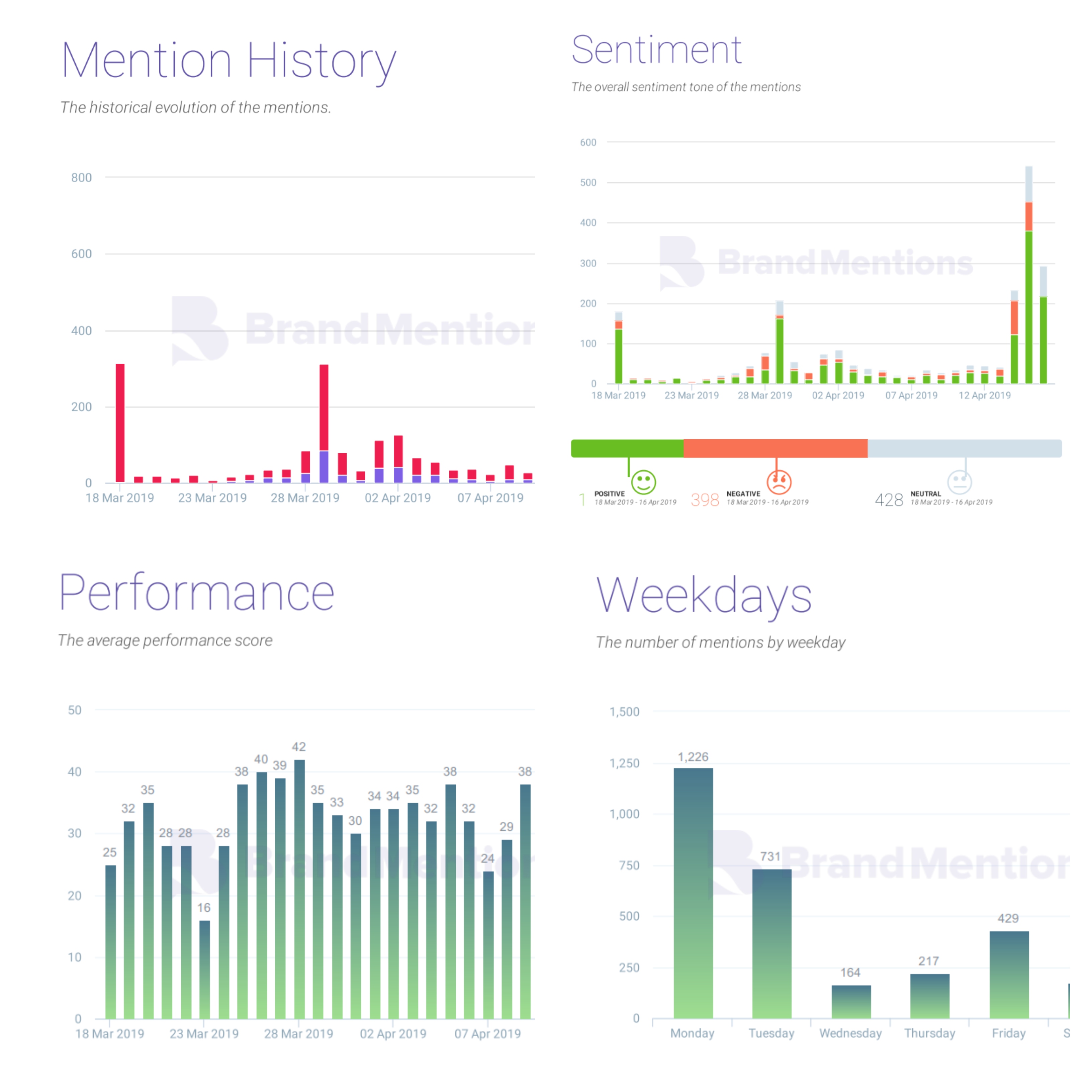
- Create a customer persona: you need to create an outline of your ideal “target customer” by following the next path:
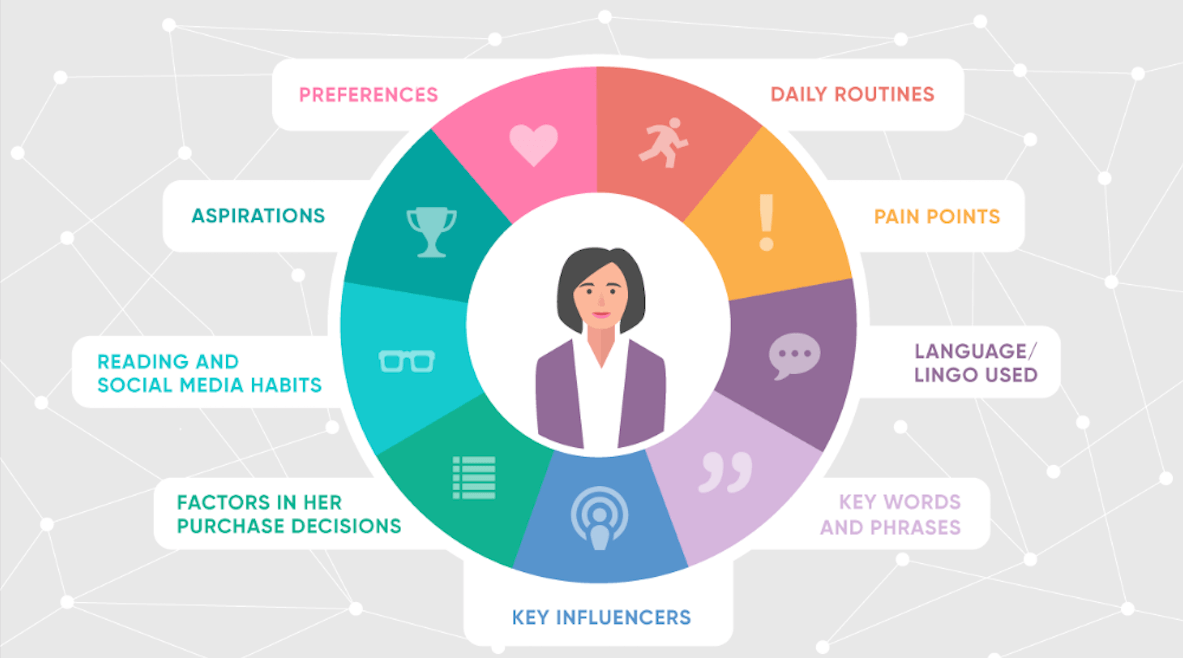
Track social statistics, such as comments and engagement rates . You can either use the analytics offered by the social networks or a dedicated social media management tool.
3. Choose the Right Platforms for You
After you find out who your audience is, you need to choose the platforms where your audience is. Don’t guess where you’re audience might spend time, but rather check statistics and your website analytics. You could think it might be Twitter, but it can rather be Facebook.
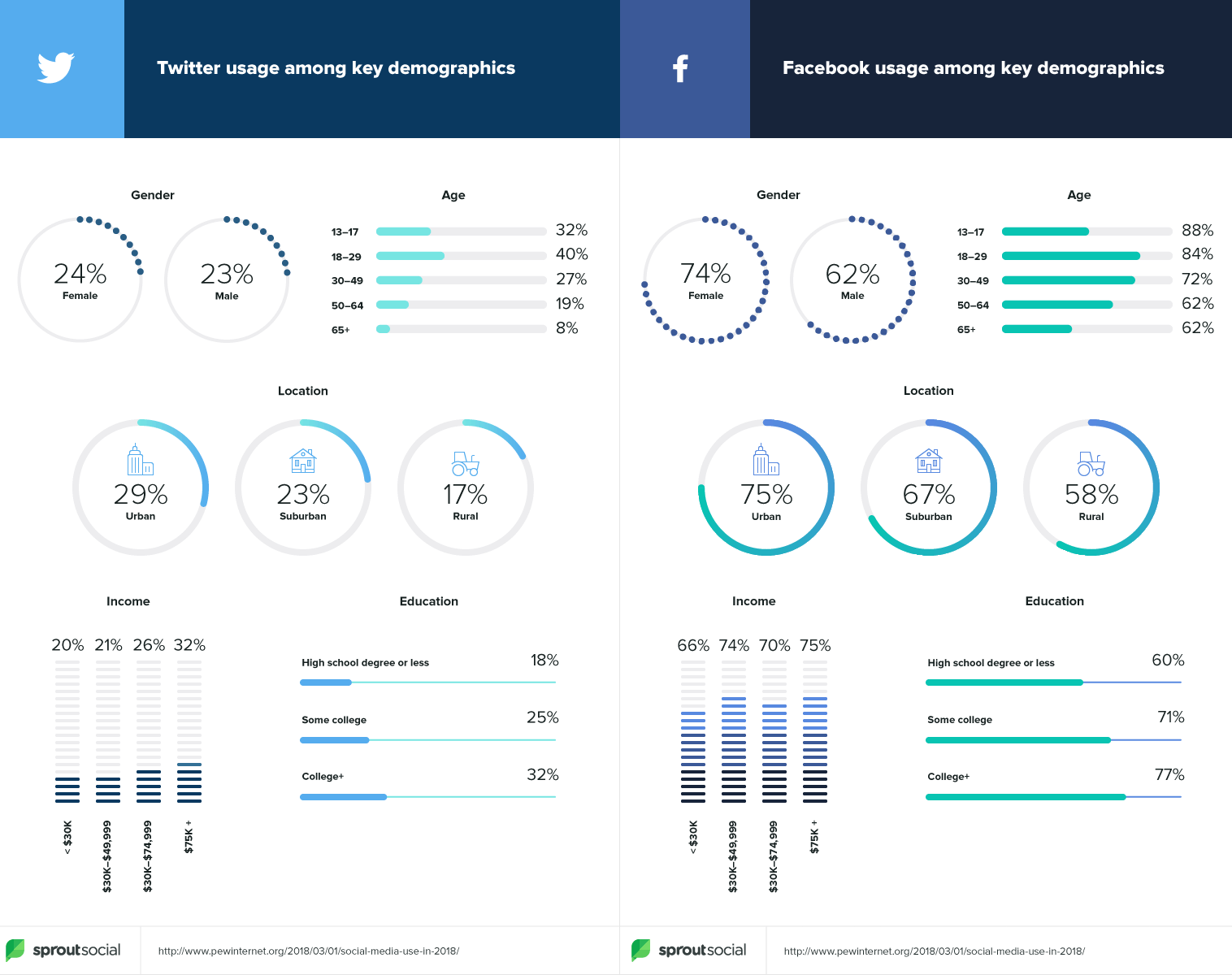
Based on the type of people that are part of your audience, you need to adjust and create appropriate messages social media content. If, for instance, you have multiple social channels, you can collect data and find which social media marketing channel has better engagement and works best for your business.
In case you want to create new pages, check out statistical data and choose 3, maximum 4 social networks. You can get an idea looking on these social media demographics to gauge where your audience spends their time online. These demographics are just an overview and a start for learning your audience better.
As studies showed, each medium is different and Professor Montgomery from the University of Virginia explains it very well through one of her research on issues related to consumer behavior and judgment and decision making.
One of the biggest challenges we face is creating the right content for the right channels. We've found that audience expectations vary from medium to medium, meaning that you need to tailor each piece of content to the specific needs of that channel. Understanding those differences is crucial to achieving a high ROI on your social efforts.
- Nicole Votolato Montgomery
4. Build a Community
The value of social media is the level of trust built and the power to create a community. Creating a relationship on social media is ideal when you manage to build a community, but it is hard to create one.
A community means a group of people that appreciate your brand, your products and services. They like it so much that they sell the “brand” to other people (family, friends, colleagues, acquaintances) through online media and offline promotion (word of mouth).
Social media makes it very easy to create such communities and get bigger and bigger. Closed groups of Facebook are a very good example that works wonders if people joined on their own or are really interested on the topic. On such groups every member can share valuable information even if it is not brand related. That's how a successful group works. It is focused on people more than on the brand. The brand is what brought them together. They already like it, you don’t have to push it.
Just take a look at the example below from a FightClub Facebook group where people share their experience more than engaging with the brand. This is a community, and while it’s centered around a brand, it’s not limited to it.
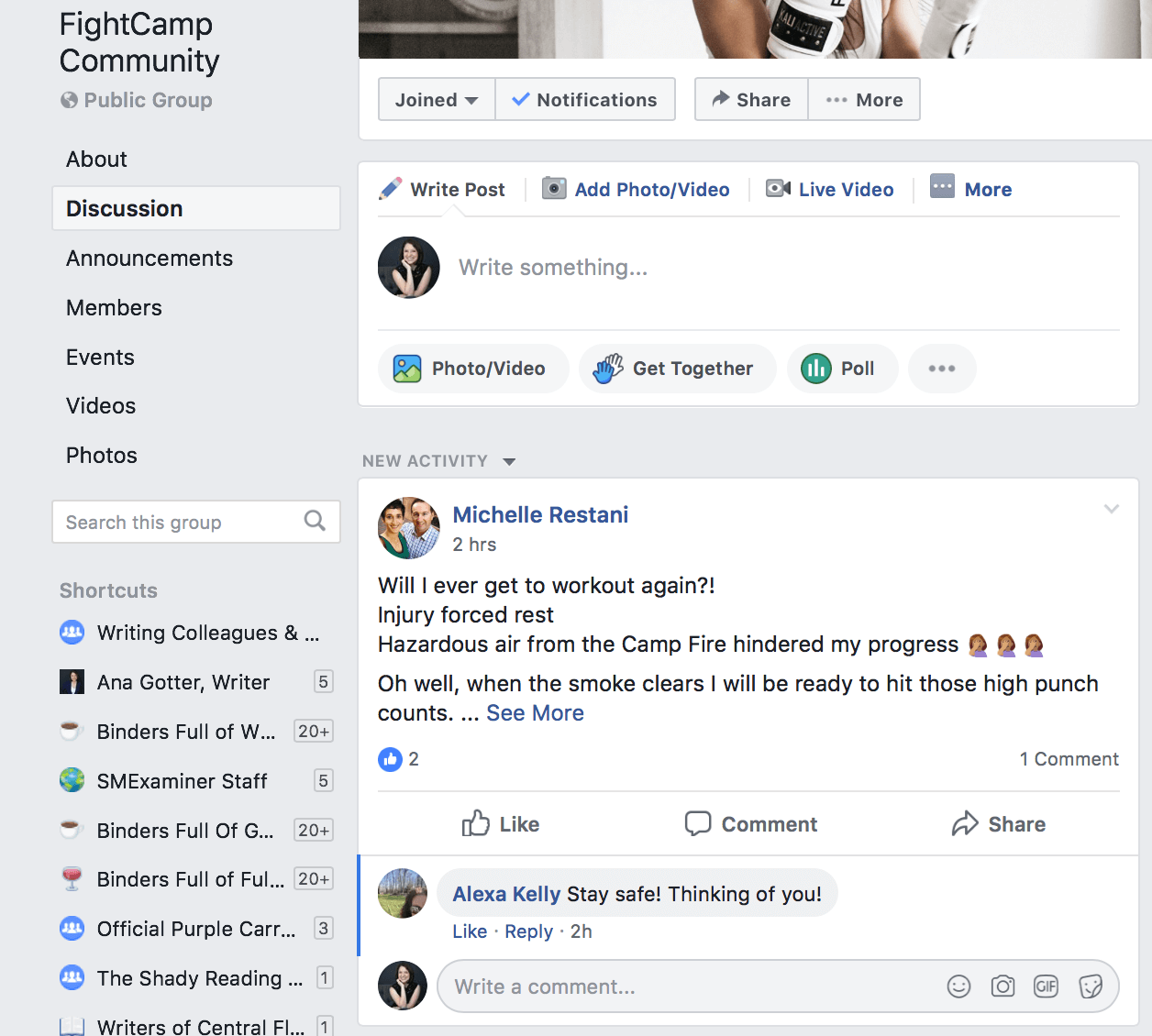
People can also engage on your social media account. The signs are clear:
- they share enthusiastically content about your brand;
- they engage with your brand and start conversations;
- they ask others to like and join the community;
Following the successful communities of the others allows you to get ideas on your own. Start a group, create a plan, see what people would like to talk about, find out their desires and build a relationship. Offer solutions and respond to their needs. A community requires patience and commitment. Just like any other relationship.
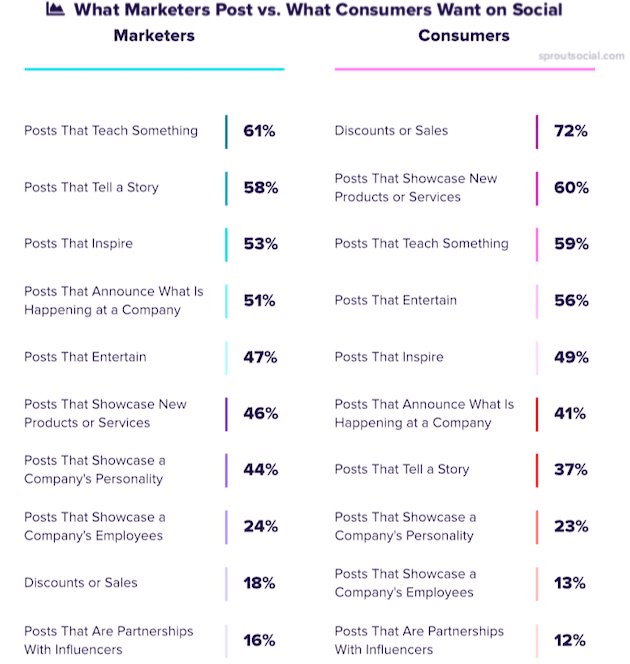
Using social marketing can also help you build a connection with customers or other entrepreneurs and influencers in your niche.
5. Use the Right Tools to Get Online Leverage
The secret sauce of social media and digital marketing, in general, is the advantage of using tools that simply boost your small business. Thinking of the features your brand needs, you have the next options:
- Social scheduling: There is Buffer, Sprout Social, and many more that can help you set up a time and date when your posts go live.
- Reporting and analytics: Same tools depending on pricing package can offer information on engagement, clicks and views for each post.
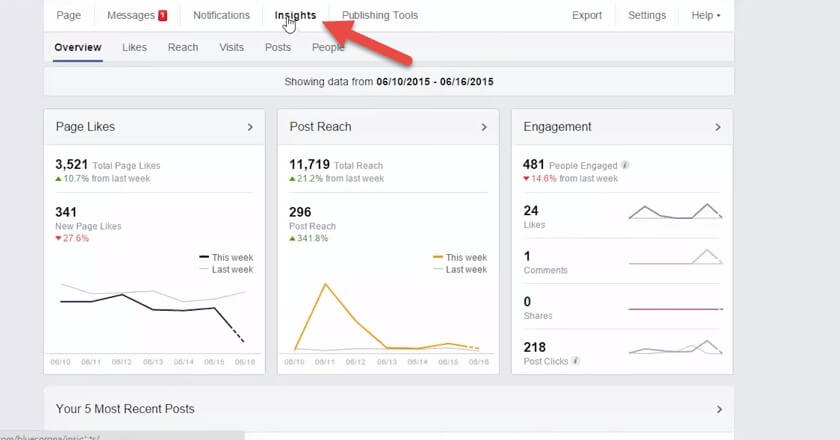
- Customer relationship management (CRM) or live support: LiveAgent combines excellent live chat, ticketing and automation that allow us to provide exceptional support to our customers. Sprout Social is one of the few social media management tools that provide customer relationshiop management. Tools like these allow you to easily engage and manage social media accounts without having to log into each one of them.
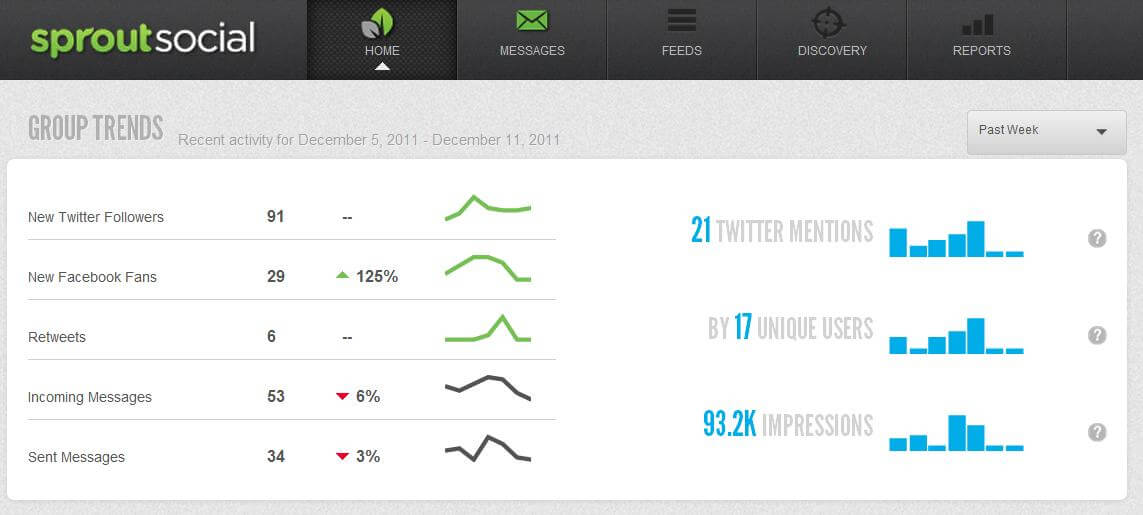
- Social listening and online reputation monitoring: Tools like BrandMentions collect all mentions and messages about a brand in one dashboard offering valuable information on sentiment analysis and how people talk about the brand showing both positive and negative parts of their experience.
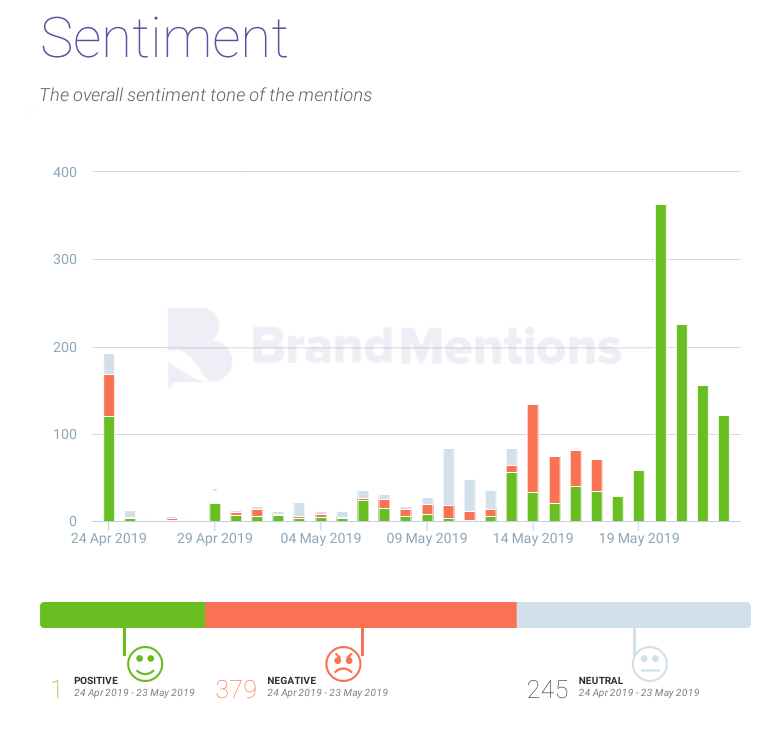
- Graphics: Canva has a great variety of templates and formats for each type of visual that you need for your social channels. From Facebook covers, to Instagram stories, from blog post covers to Facebook advertising apps visuals so on. An alternative to Canva is the visual design tool Visme. You can also try Appy Pie Design, a good new comer on the market. On the mobile-exclusive side, Instasize is another great bet for when you need access to an all-in-one creative toolkit on the go. It contains extensive editing options for both photo and video content.

- Content curation: Creating new content is hard. Finding ideas that convert seems to be a struggle sometimes. Based on keywords and topics, tools like BuzzSumo, Pocket and Zest.App can help you find and organize content to share.
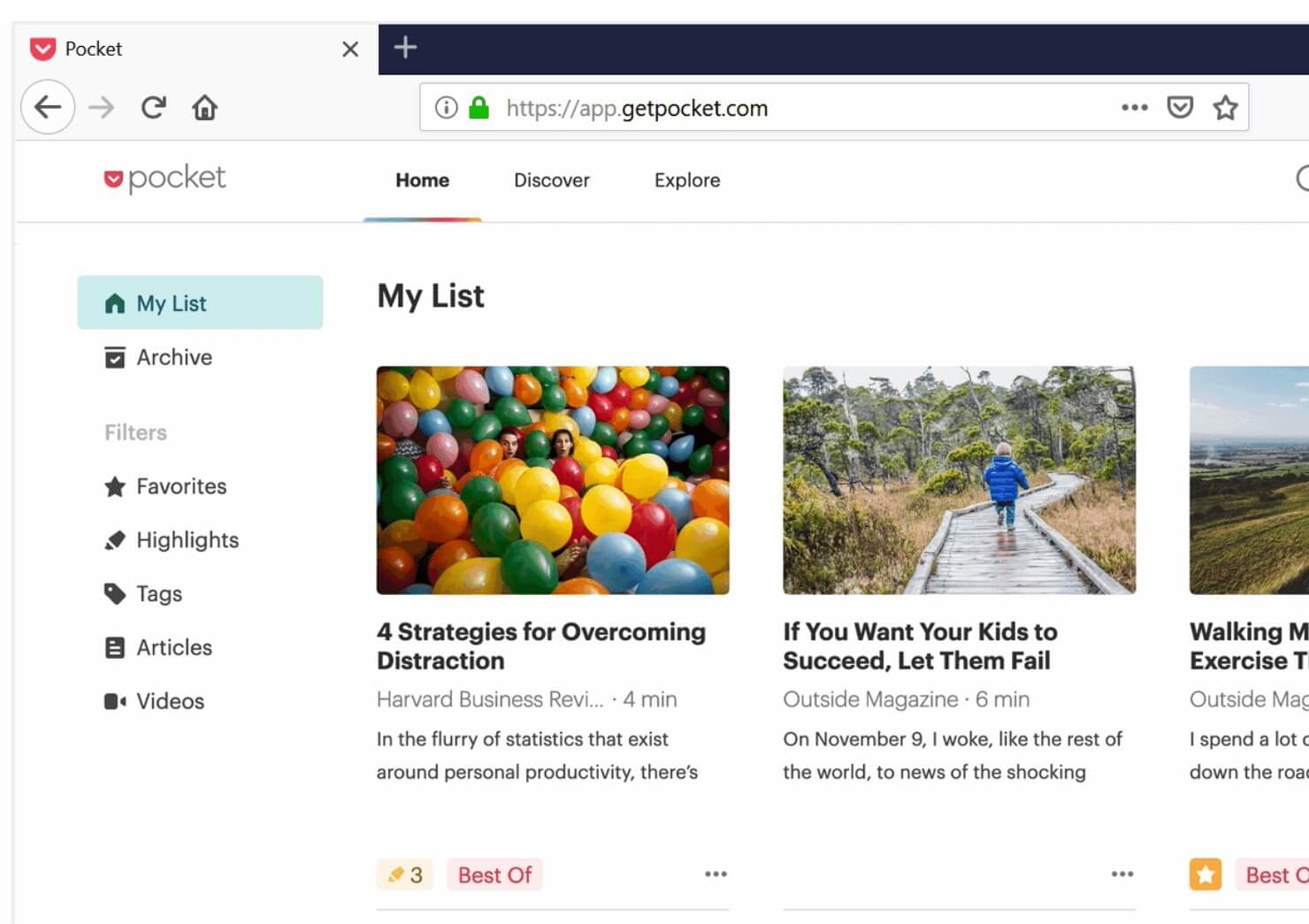
6. Track Your Business Performance
The last one from the list of social media marketing tips for small businesses is monitoring results. It is important to monitor results and evaluate your business in every online marketing strategy you implement.
All the tools mentioned above and the social media tips will help you get the data you need to extract the business decisions for future marketing campaigns. Moreover, monitoring results for your small business will show if you have fulfilled your goals. It's the data that help you decipher it.
Once you get an idea of where you stand, you'd better start looking for better ways to improve. Use A/B testing and take actions to boost your success over time.
If you're feeling overwhelmed, don't worry. Start small and go with each step easy. BrandMentions can be a help on the way. Good luck!

